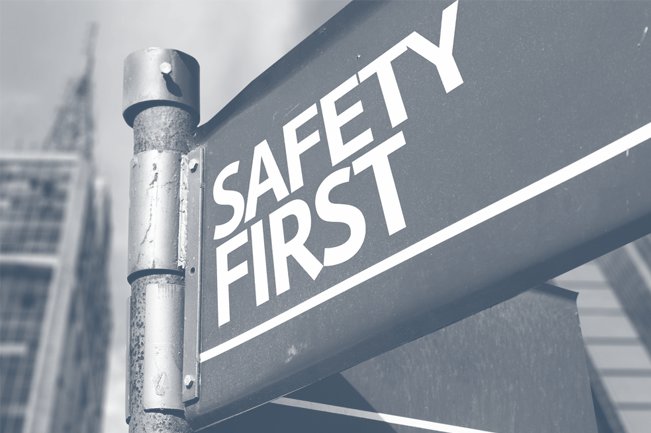Traumatic Brain Injury- The Hidden Disability
Each year traumatic brain injury contributes to a substantial amount of deaths and permanent disabilities. Whether it is from a fall, a motor vehicle collision, assault or a number of different bumps, blows, or jolts, brain injuries disrupt the normal function of the brain. The Center of Disease Control and Prevention estimates that traumatic brain injury, TBI, will affect 1.7 million people, resulting in 1.37 million emergency room visits, 275,000 hospitalizations, and 52,000 deaths in one year.
Brain injuries affect people in ways that can sometimes be invisible, or in ways that are not common knowledge making it a ‘hidden disability.’ It can affect how a person thinks, feels, and acts and can have lasting effects on the person and their family. When someone is injured in their brain, nerves can be effected which can send messages on what the brain should do or change internal functions in the body such as bladder control, temperature, blood pressure, or other nerves. Even mild concussions or injuries can cause mood swings or changes in the body. Suicide rates among people with brain injuries increase 2 to 3 times. Thankfully, there are many medical advances that can help the healing process of the brain, even if the injury is permanent.
Concussions are the most common brain injury. They can be seen quite often in contact sports, which are the second top cause of TBI, the first being motor vehicle collisions. Repeated concussions have been known to lead to Chronic Traumatic Encephalopathy, CTE, which is a degenerative brain disease. In 2011, Dave Suerson, a former NFL safety, took his life. Fearful that he was suffering from CTE, he donated his brain the NFL Brain Bank, asking that research be done on this issue for future athletes.
Although many people think that helmets and safety gear are so improved that it reduces the chance of concussions, this is not true. Concussions are a result of movement of the brain inside the skull, which a helmet cannot prevent. The only real solution is education on the topic.
If you have a child who is interested in or currently playing a contact sport, be aware that brain injuries actually have a more traumatic effect on children, especially later in their life. You do not need to live in constant fear, but it is valuable to know the dangers associated with the brain and what to look for as a signal for brain injury. You can visit the Brain Injury Association of America at www.biausa.org to get more information.
Source: The Safety Report, “Brain Injury: Recognizing a ‘Hidden Disability’,” Wendi Lewis, Summer 2011.
